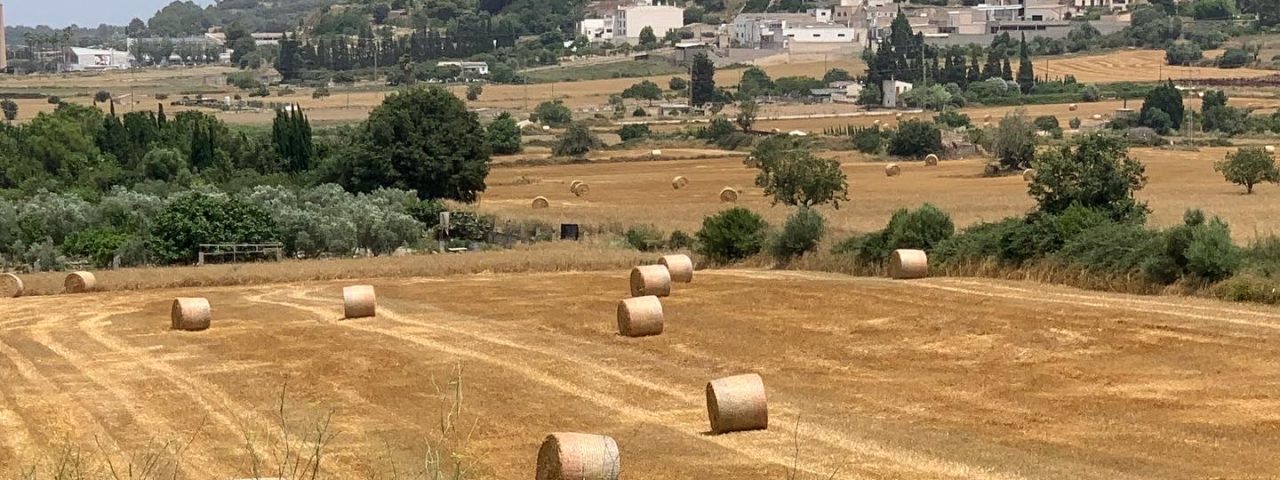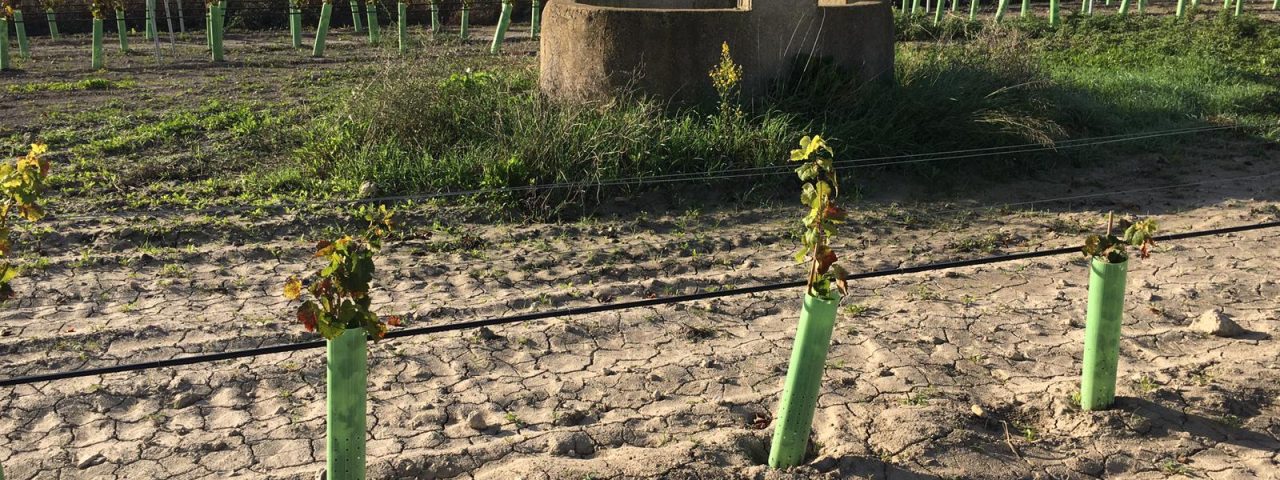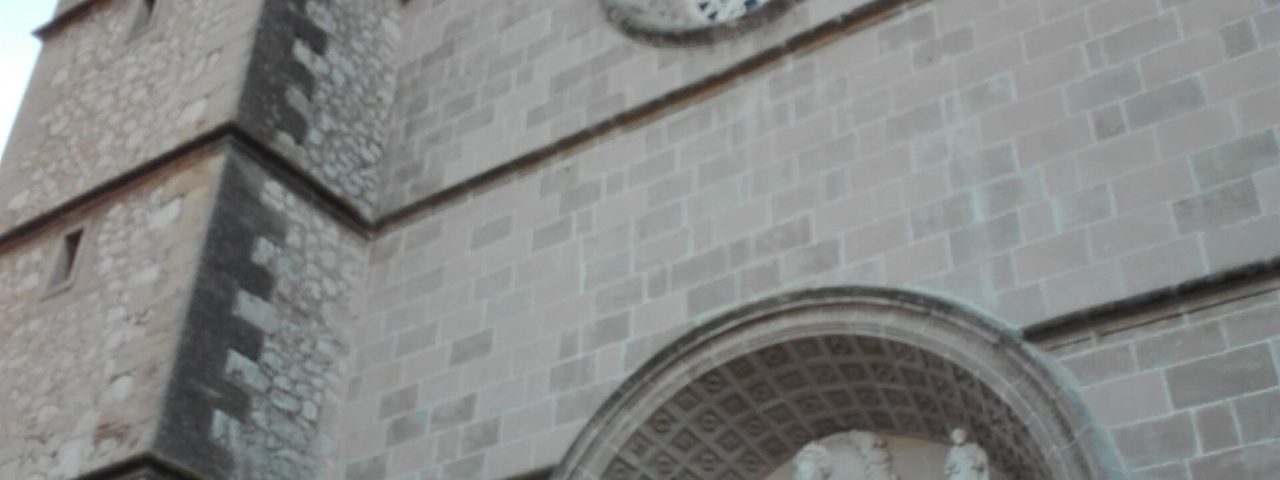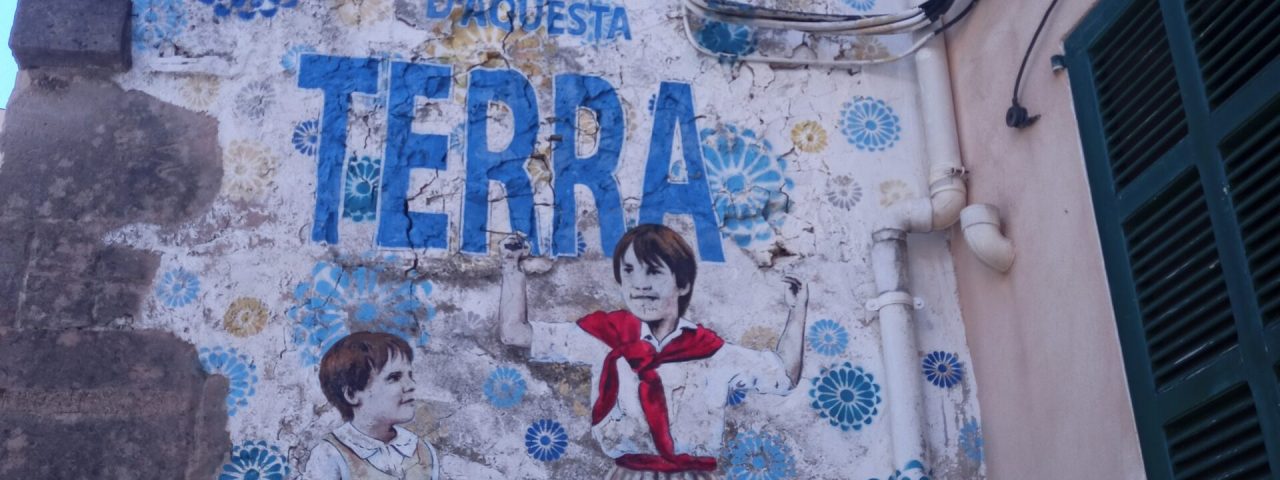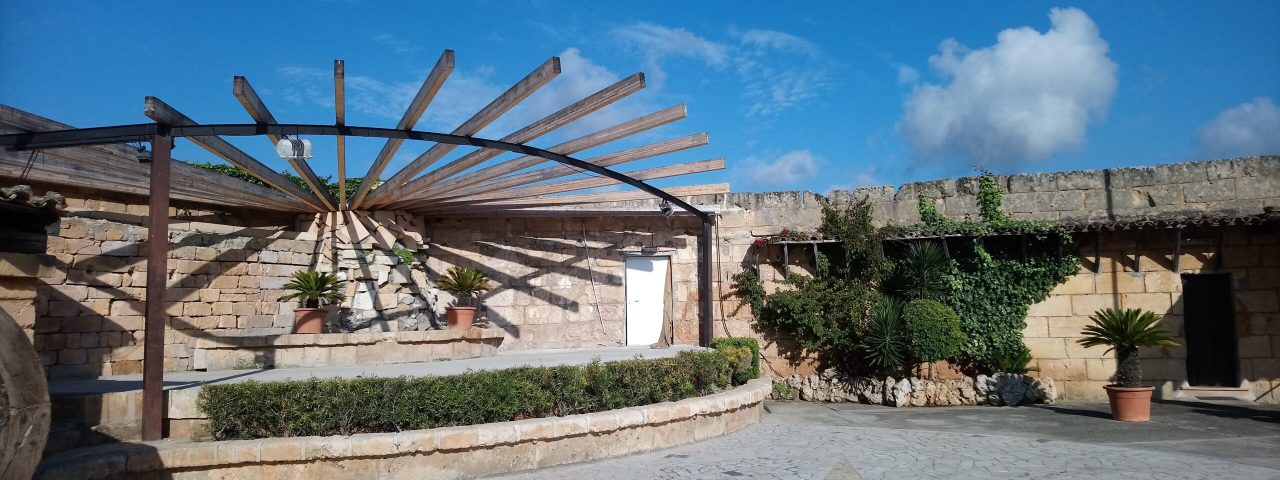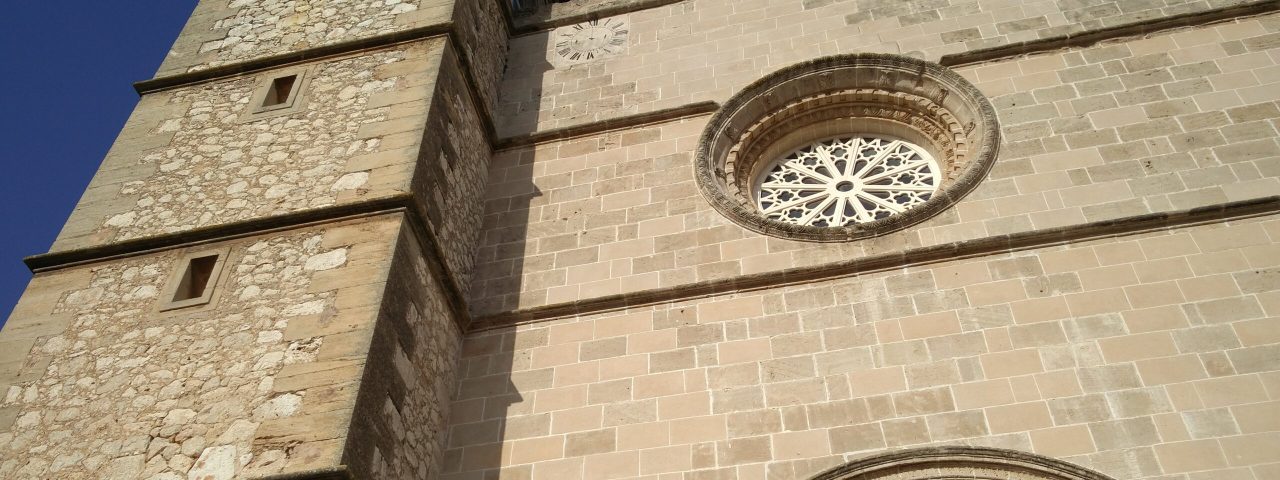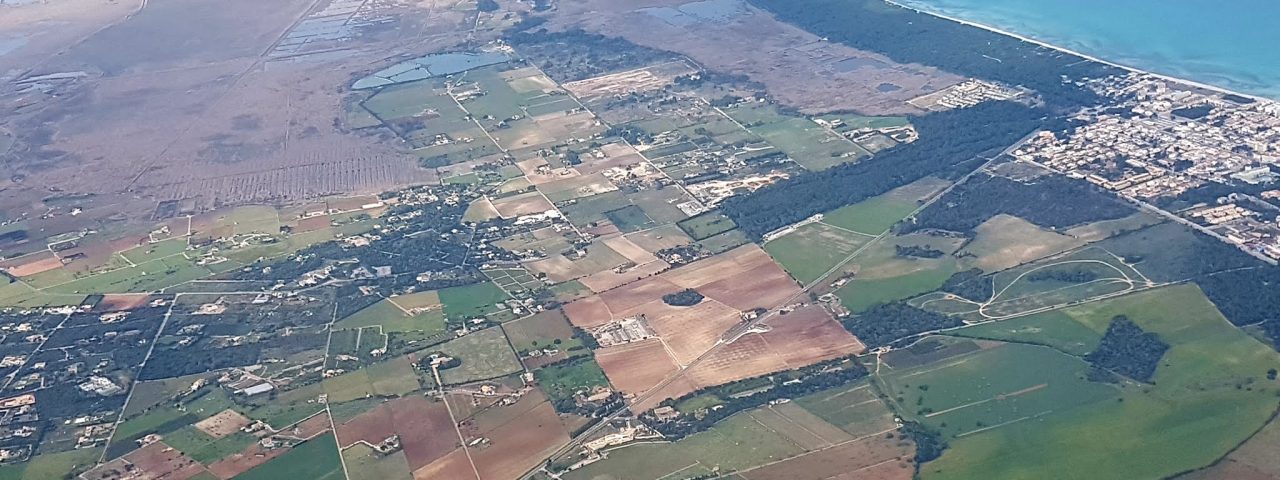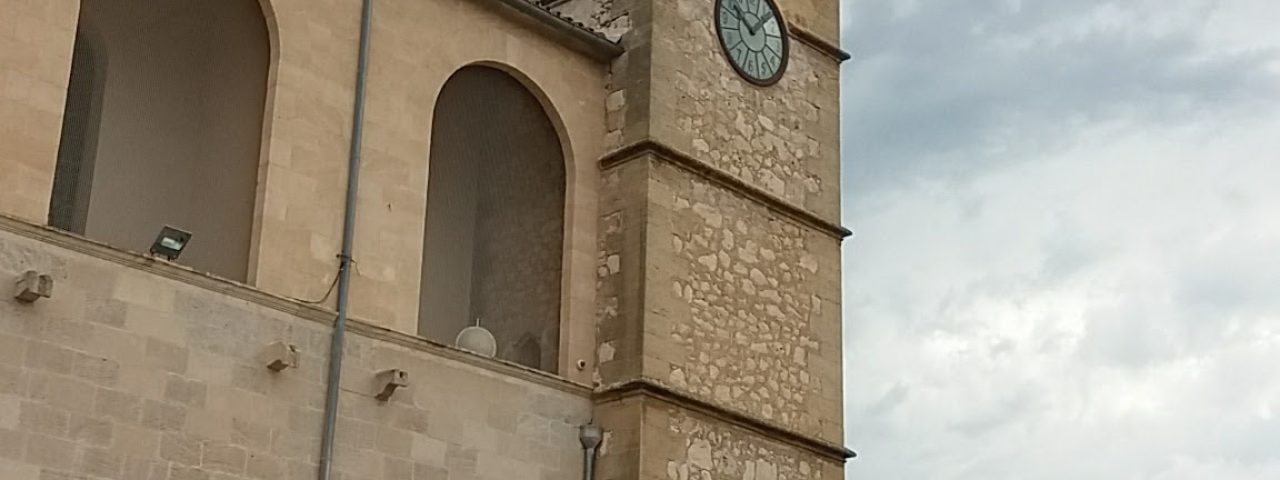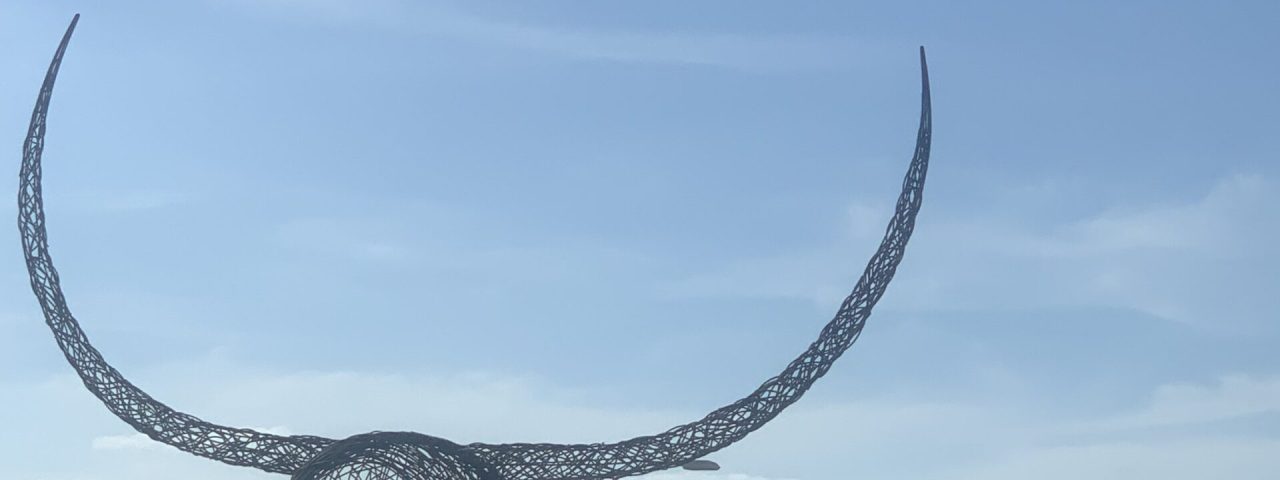Santa Margarita has a long and storied history that dates back to the Roman period, as evidenced by archaeological remains found in the area. Over the centuries, the town was influenced by various cultures, including the Moors and later the Christian reconquest in the 13th century. Its rich historical tapestry is reflected in its architecture, local customs, and festivals, offering visitors a deep connection to Mallorca’s past.
One of the most significant cultural aspects of Santa Margarita is its vibrant celebration of traditional Mallorcan festivals. The town’s patron saint festivities, which take place in honor of Saint Margarita in July, are particularly popular, featuring parades, music, and local dances like the “Ball de Bot.” These festivals attract both locals and tourists, providing a lively glimpse into the island’s cultural heritage.
Local customs in Santa Margarita are deeply rooted in Mallorcan traditions, with a strong emphasis on community and family life. Visitors can explore historical landmarks such as the 13th-century Church of Santa Margarita, which stands as a testament to the town’s religious and architectural heritage. The surrounding countryside is dotted with traditional fincas (farmhouses), many of which have been preserved as historical sites or converted into rural hotels.
